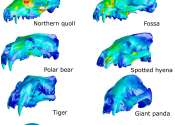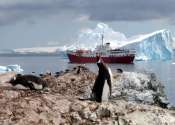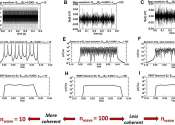Drones validate walrus counts in satellite images from space
In the first successful attempt to calibrate walrus counts from satellite imagery, scientists used drones to validate animal counts in Svalbard, Norway. On this International Day for Biological Diversity, the researchers ...









